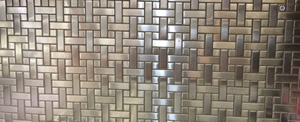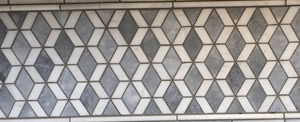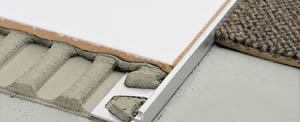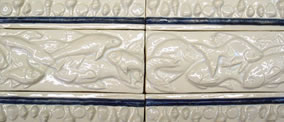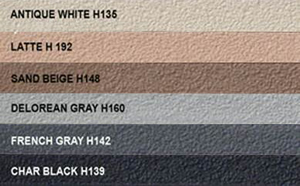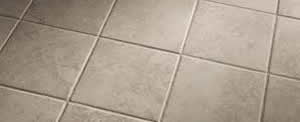Tile 101 and Beyond
Welcome to our information series on tile. The industry has a very detailed way to specify tile. In the hope that we may share a common dialog, we are sharing this terminology to help you to allow us to help you better, and faster than ever before.
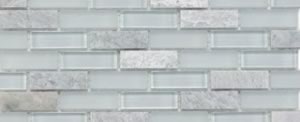
Surface Descriptions
Choosing a Layout
Places to Get Patterns
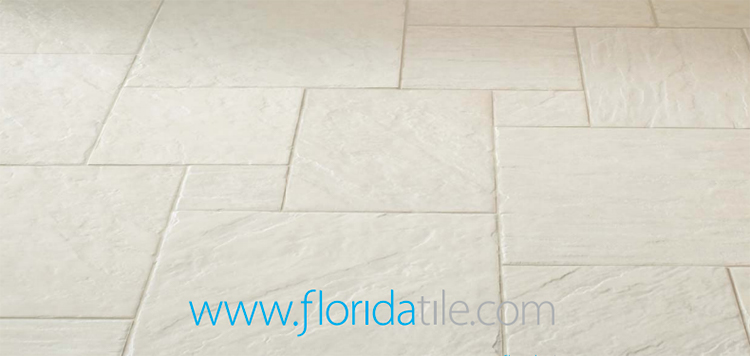 2011 Florida Tile Book
2011 Florida Tile Book
( This breaks down tile patterns by the number of tile sizes )
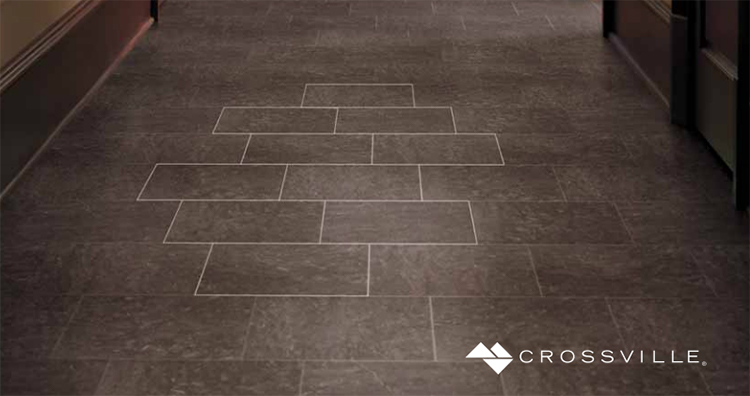 Web Pattern book from Crossville
Web Pattern book from Crossville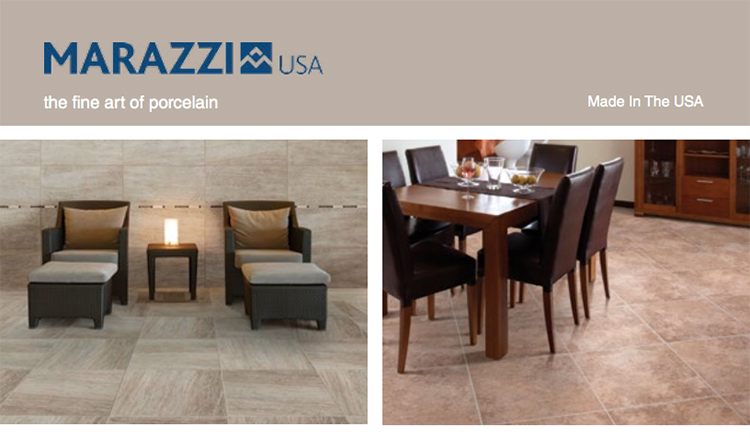 Tile Pattern Book from MarazziUSA
Tile Pattern Book from MarazziUSAPlaces to obtain more ideas.
- http://www.daltile.com/information/tile-patterns
- Tile layouts can also be found in the back of tile vendor books
- Create your own basic layout book that you can copy patterns from as needed



